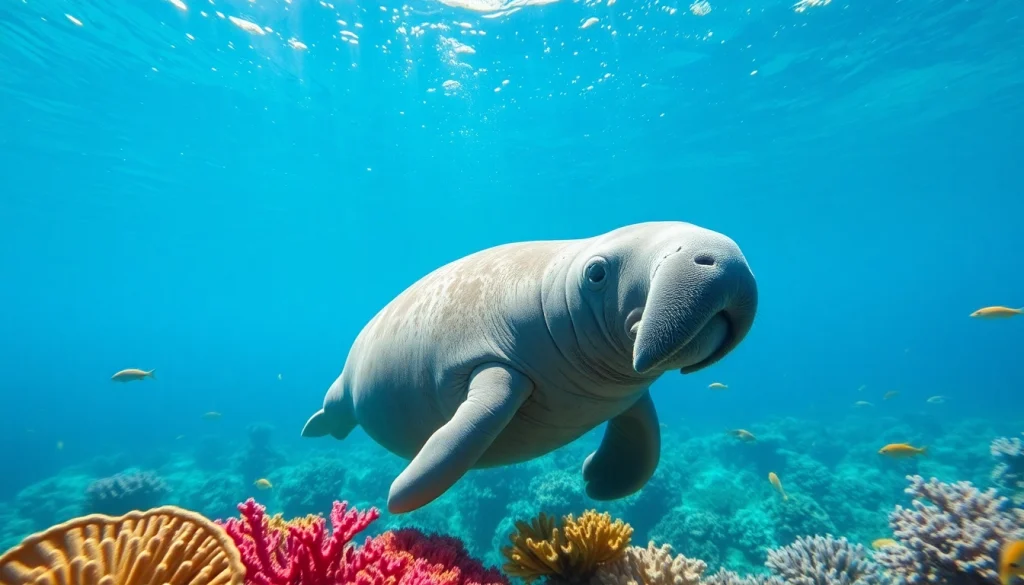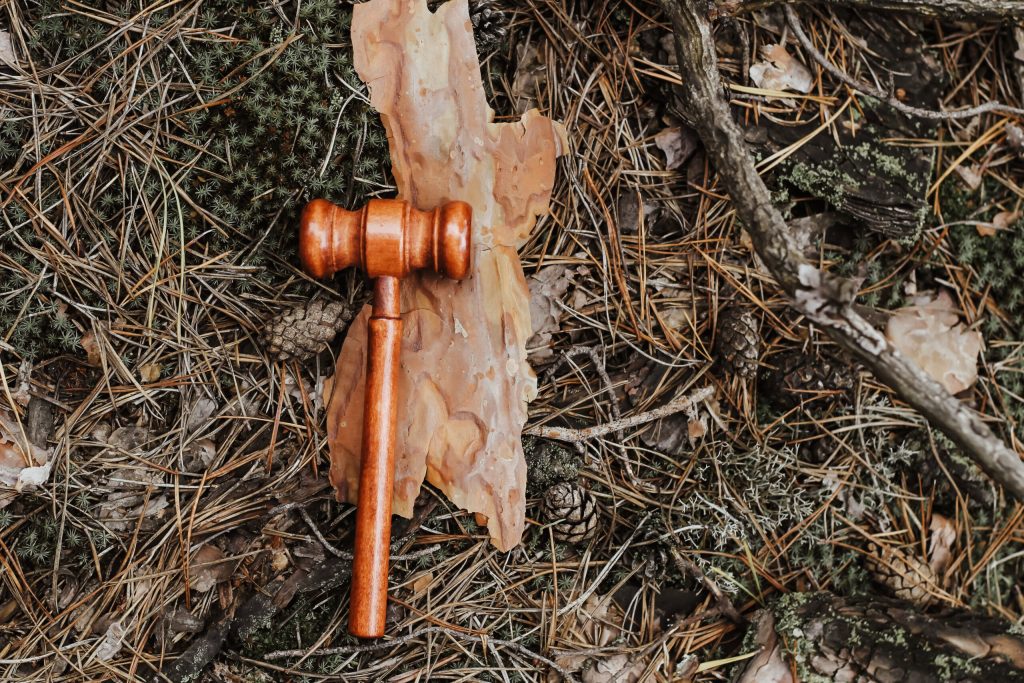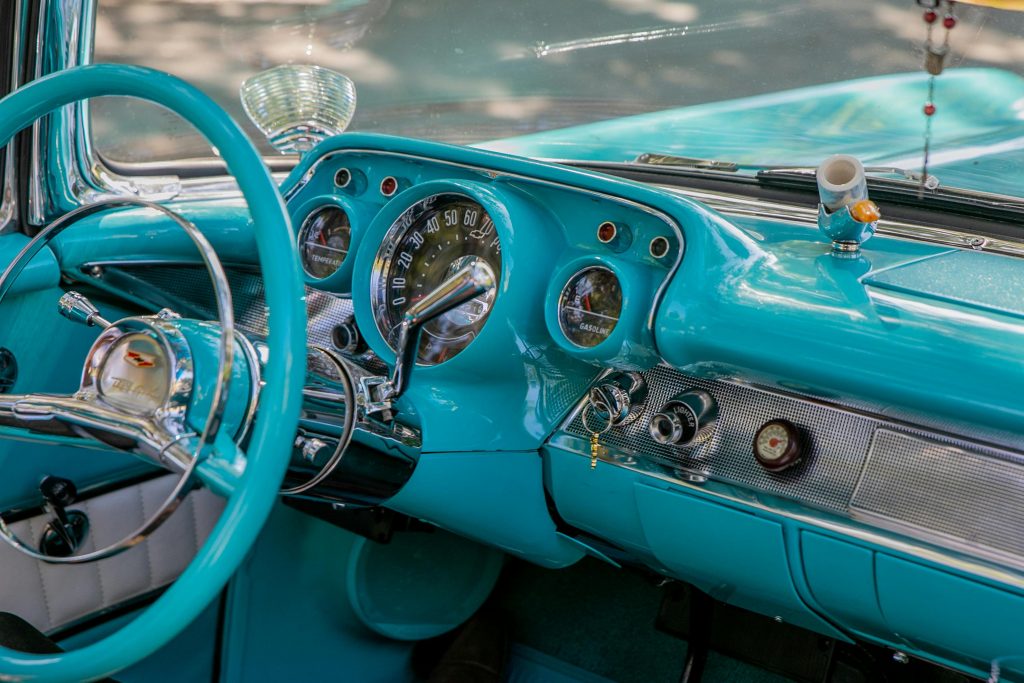Introduction to Manatees Puerto Rico
Manatees have always captivated the hearts of those who encounter them, and nowhere is this sentiment more profound than in Puerto Rico. The serene beauty of these gentle giants adds an enchanting layer to the island’s rich biodiversity. Known as marine mammals, manatees contribute significantly to their ecosystems and provide a unique experience for visitors. In this comprehensive guide, we will delve into the various aspects of manatees in Puerto Rico, from their importance in the ecosystem to where you can spot them, along with conservation efforts dedicated to protecting these magnificent creatures. For those eager to learn about these fascinating animals, understanding manatees puerto rico will enhance your appreciation for the marine life that thrives among the vibrant waters of the Caribbean.
Overview of Manatee Species in Puerto Rico
Puerto Rico is primarily home to the West Indian manatee (Trichechus manatus), a vulnerable species known for its calming presence and herbivorous diet. These large marine mammals can grow up to 13 feet long and weigh anywhere from 440 to 1,200 pounds. They have a distinctive rotund body, paddle-shaped flippers, and a broad, flat tail that propels them through the water.
Manatees inhabit warm coastal waters, rivers, and estuaries, often grazing on seagrasses, algae, and other aquatic vegetation. Their presence indicates the health of their environment due to their role as herbivores, as they help maintain the balance of seagrass ecosystems.
Importance of Manatees to the Ecosystem
Manatees play a vital role in maintaining healthy aquatic ecosystems. Their grazing habits help control seagrass growth, allowing light to penetrate the water and promoting the growth of various aquatic species. By facilitating these natural cycles, manatees indirectly support the habitats of many fish, invertebrates, and other marine organisms.
Additionally, as they navigate through waterways, manatees contribute to the overall nutrient cycling within aquatic systems. Their movement helps to disperse sediment and nutrients, enhancing the productivity and ecological balance of their habitats.
How to Identify Manatees in the Wild
Identifying manatees in the wild can be an exciting experience. These slow-moving creatures are often visible near the surface, but there are specific features to look for when trying to spot them:
- Body Shape: Look for their characteristic round bodies and paddle-shaped flippers. They are often described as looking like large, grayish-brown sausages.
- Movement: Manatees are generally slow swimmers, using their large tails to propel themselves through the water, and can often be seen moving peacefully.
- Surface Activity: Manatees surface for air every 20 minutes or so. Watch for them coming up for air, which might be accompanied by a snort of water as they exhale.
If you’re kayaking or paddleboarding, maintain a respectful distance to avoid disturbing them, ensuring a peaceful experience for both you and the manatees.
Best Locations to See Manatees Puerto Rico
Popular Viewing Spots Around the Island
When it comes to spotting manatees in Puerto Rico, several locations are renowned for their frequent sightings:
- Condado Lagoon: Located near San Juan, this urban lagoon is a prime spot where manatees are often seen. The calm waters and seagrass beds make it an ideal habitat, and it’s common for paddleboarders to witness these gentle giants in the wild.
- La Parguera: This area, known for its stunning bioluminescent bays, also serves as a habitat for manatees. The shallow waters near the docks are perfect for sightings, especially early in the day.
- Jobos Bay National Estuarine Research Reserve: This protected area is home to extensive seagrass beds and mangrove forests, making it one of the most biodiverse ecosystems in Puerto Rico. Manatees can often be spotted while on a boat tour through the reserve.
- Southwest Coast (Punta Tuna and Boquerón): These coastal areas offer tranquil waters where manatees can often be seen grazing or resting in the seagrass beds.
Kayaking and Paddleboarding Experiences
For those seeking a more immersive experience, kayaking or paddleboarding can be an excellent way to observe manatees up close. These activities allow you to glide silently through the water, minimizing disruption to the marine environment.
Several guided tours are offered that focus on eco-friendly practices, which emphasize the importance of manatee conservation. These tours educate participants about the biology and conservation of manatees while providing safe viewing distances. Whether you’re a beginner or an experienced paddler, there are options suitable for everyone.
Conservation Areas and Rehabilitation Centers
Puerto Rico is home to several conservation areas and rehabilitation centers dedicated to the protection of manatees. One notable facility is the Caribe Manatee Conservation Center, where professionals and volunteers work tirelessly toward the rescue, rehabilitation, and release of injured or orphaned manatees.
Visiting these centers provides insight into conservation efforts while ensuring that manatees receive the support they need. Many centers offer educational programs and guided tours that explore the challenges faced by these animals and the ongoing efforts to protect them.
Activities Involving Manatees Puerto Rico
Snorkeling with Manatees // Safety Guidelines
While swimming with manatees is a highly sought-after activity, it’s essential to approach it with respect and caution. Snorkeling with these incredible creatures allows observers to appreciate their grace and gentleness up close. However, safety guidelines must be followed:
- Respect Their Space: Maintain a distance of at least 10 feet. Manatees are protected under the Marine Mammal Protection Act, which prohibits harassment.
- No Touching: Avoid touching or feeding manatees. These actions can lead to stress and alter their natural behaviors.
- Join Guided Tours: Participate in tours led by experienced guides trained in manatee etiquette and conservation best practices.
- Stay Calm: Move slowly and quietly to avoid startling the manatees, allowing for a peaceful encounter.
Educational Tours and Programs Available
Numerous organizations offer educational tours and programs focused on manatees and their habitats. These experiences are designed to teach visitors about the biology of manatees, their ecological significance, conservation strategies, and the challenges they face.
Participants can expect hands-on learning experiences that contribute to greater awareness and appreciation for these marine mammals. Educational programs often involve interactive lectures, field observations, and discussions about ongoing conservation initiatives.
Volunteer Opportunities for Conservation Efforts
For those interested in making a tangible impact, various organizations in Puerto Rico offer volunteer opportunities to aid in manatee conservation. Tasks may include helping at rescue and rehabilitation centers, participating in research projects, or assisting with clean-up efforts in manatee habitats.
Volunteering is an excellent way to gain firsthand experience in wildlife conservation while contributing to the protection of vulnerable species like manatees. Whether through direct animal care or community education initiatives, volunteers play a crucial role in fostering a deeper connection between people and the marine environment.
Seasonal Patterns and Timing for Spotting Manatees Puerto Rico
Best Seasons for Manatee Sightings
Understanding the seasonal patterns of manatee sightings can enhance your chances of encountering them in the wild. In Puerto Rico, manatees are observed throughout the year; however, some seasons may yield greater visibility:
- Spring and Summer: These months are generally considered the best time to see manatees as they tend to venture closer to shore to graze on seagrass, influenced by water temperature and food availability.
- Fall and Winter: Although manatee sightings may still occur during these seasons, they may be less frequent. As the waters cool, manatees may migrate to warmer areas or seek deeper water.
Best Times of Day to Observe Manatees
Early mornings and late afternoons are typically the most fruitful times for manatee observation. During these times, manatees are usually more active, feeding close to the surface and coming up for air. Additionally, during low tide, some areas become more exposed, allowing for easier sightings.
Weather Conditions that Affect Manatee Activity
Weather plays a crucial role in manatee visibility and behavior. Warm, sunny days often encourage manatees to venture to shallower waters to soak up the sun. Conversely, cool or stormy days may lead them to seek shelter in deeper areas. Additionally, strong winds or heavy rain may affect visibility in the water, making sightings less likely.
Protecting Manatees Puerto Rico: Conservation Efforts
Current Threats to Manatees in Puerto Rico
Despite their fascinating nature, manatees face numerous threats that put their populations at risk. Some of the most pressing challenges include:
- Habitat Loss: Coastal development and pollution threaten manatee habitats, leading to decreased food sources and available nurseries.
- Boating Accidents: Collisions with boats pose significant risks to manatees, often resulting in severe injuries or fatalities.
- Climate Change: Rising sea temperatures and changing weather patterns can alter seagrass growth and the overall ecology of manatee habitats.
- Poaching and Illegal Captivity: In some cases, manatees are targeted for their meat and other body parts, as well as captured for use in zoos, which undermines their populations.
Local and Global Conservation Initiatives
In response to these threats, numerous conservation initiatives focus on the protection and recovery of manatees. Local organizations, along with international counterparts, implement rescue programs, habitat restoration projects, public awareness campaigns, and research efforts to monitor manatee populations.
Public education initiatives often aim to raise awareness about the importance of protecting these marine mammals and their habitats, encouraging responsible boating practices and promoting the adoption of conservation-friendly policies.
How You Can Help Manatees in Puerto Rico
Every individual can make a difference in manatee conservation. Here are ways you can contribute:
- Support Conservation Organizations: Contributing to local conservation groups dedicated to manatee protection helps fund rescue efforts and educational programs.
- Practice Responsible Boating: Adhere to speed limits and remain vigilant in manatee habitats. Watch for ‘Manatee Zone’ signs and avoid areas marked for their protection.
- Participate in Clean-Up Drives: Engaging in community efforts to clean up marine habitats helps reduce pollution and protect manatee feeding grounds.
- Share Knowledge: Educate friends and family about manatees and their importance in the ecosystem, fostering a community culture committed to conservation.
In summary, manatees represent an integral part of Puerto Rico’s unique marine ecosystem. By understanding their importance, respecting their habitats, and engaging in conservation efforts, we can ensure that future generations also have the opportunity to witness these incredible creatures in the crystal-clear waters of Puerto Rico.







